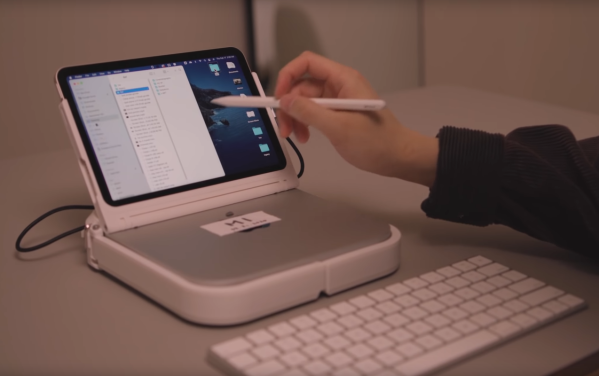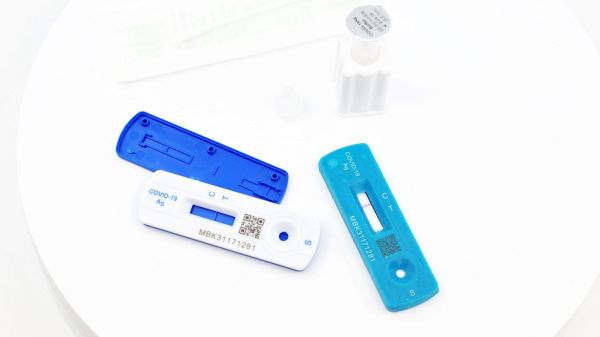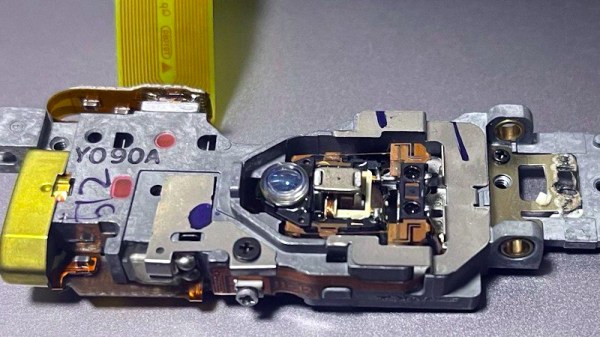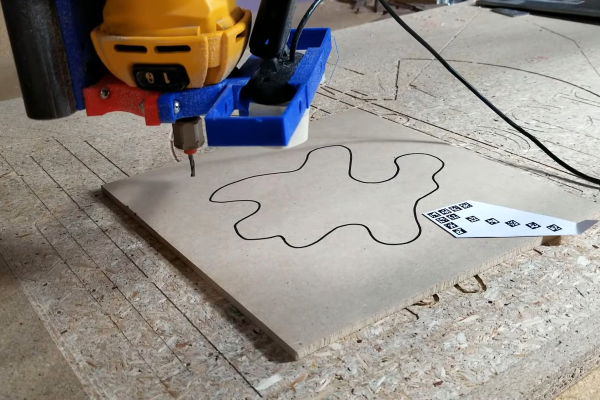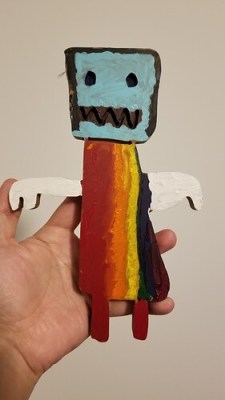What’s the worst thing about LEGO? Most would agree that it’s the fact that those bright and colorful pieces of ABS are somehow the most evil thing that can come between your bare feet and solid ground. [Unnecessary Inventions] have done a one-eighty from their handle and made a quite useful invention — a LEGO-sorting vacuum cleaner called Suck It.
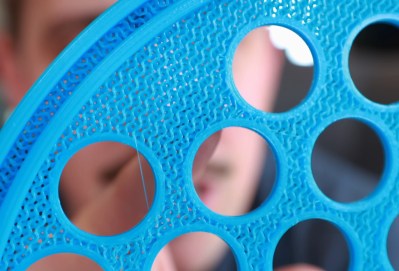 Well, technically, it’s a shop vac attachment, but it does the job beautifully. [Unnecessary Inventions] started with a never-used machine and a clear plastic cylinder cut into fourths. Then he designed some 3D printable brackets that have two jobs: they hold the cylinder together again, and they do so in stages that collect and sort LEGO by size.
Well, technically, it’s a shop vac attachment, but it does the job beautifully. [Unnecessary Inventions] started with a never-used machine and a clear plastic cylinder cut into fourths. Then he designed some 3D printable brackets that have two jobs: they hold the cylinder together again, and they do so in stages that collect and sort LEGO by size.
The sorting brackets have no top and bottom layers to them — they are all sorting holes and infill to allow maximum suction. But wait, it gets even better, because the brackets click together satisfyingly with embedded magnets. The only thing that would make this build better is some kind of head attachment that could gather more than a narrow swath at a time. Be sure to check out the build and demo video after the break.
Of course, with this method, you still have to open up the sections and put your LEGO away. You could just vacuum them straight into the box.




